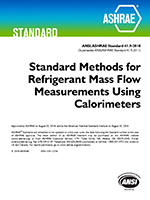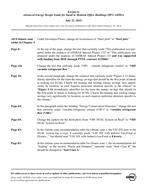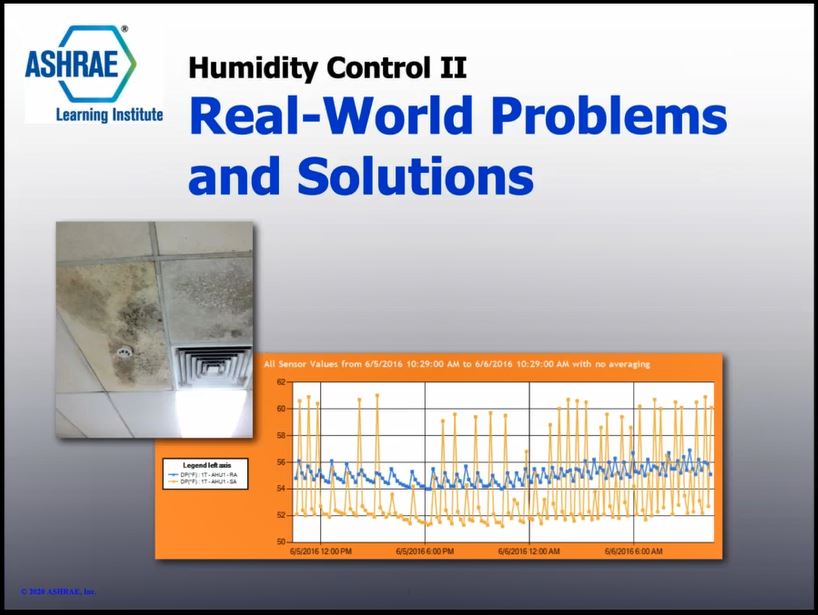Stucco, or portland cement plaster, is a traditional cladding material, and the requirements for stucco cladding in building codes are generally prescriptive in nature. The National Building Code of Canada (NBC), which is a model building code, requires that stucco cladding be installed in three coats with a total thickness of 21 mm. The Alberta Building Code (ABC), which is the legislated building code in Alberta, is based on the NBC but also permits two-coat stucco with a total thickness of not less than 19 mm.
Homebuilders in Alberta had requested that the minimum thickness required by the ABC for two-coat stucco be reduced to 15 mm because that thickness would be easier to install in a two-coat application and also because, in their opinion, the performance of stucco at that thickness would meet the intent of the building code. In response, the Alberta Housing Industry Technical Committee (AHITC), the technical committee of the homebuilders association, undertook to obtain clear evidence that 15 mm stucco would provide water management and serviceability performance equivalent to that of code-compliant stucco. AHITC retained a firm to conduct laboratory and field studies to assess the impact of stucco thickness on water management and serviceability performance.
The project had two phases:
Laboratory study: Select an appropriate set of properties and a suitable set of laboratory test methods to measure water management and serviceability performance and conduct laboratory testing of two- and three-coat stucco to evaluate water management and serviceability performance.
Field study: Develop a field survey protocol and conduct a field investigation to assess the effect of thickness on in-service water management and serviceability performance of stucco cladding. The laboratory study showed that water management performance of code-compliant stucco cladding was inadequate for many situations but provided limited information on serviceability performance. Consequently, the field study was executed to develop a better understanding of serviceability performance. However, the field study unexpectedly identified quality control concerns with the installation of stucco cladding, concerns that had an impact on both water management and serviceability performance.
This paper discusses the approach, investigation, and conclusions of the project phases and summarizes the positive response of the homebuilders to the quality control concerns identified in the field study.
Citation: Thermal Performance of Exterior Envelopes of Whole Buildings IX
Product Details
- Published:
- 2004
- Number of Pages:
- 13
- File Size:
- 1 file , 420 KB
- Product Code(s):
- D-BldgsIX126


